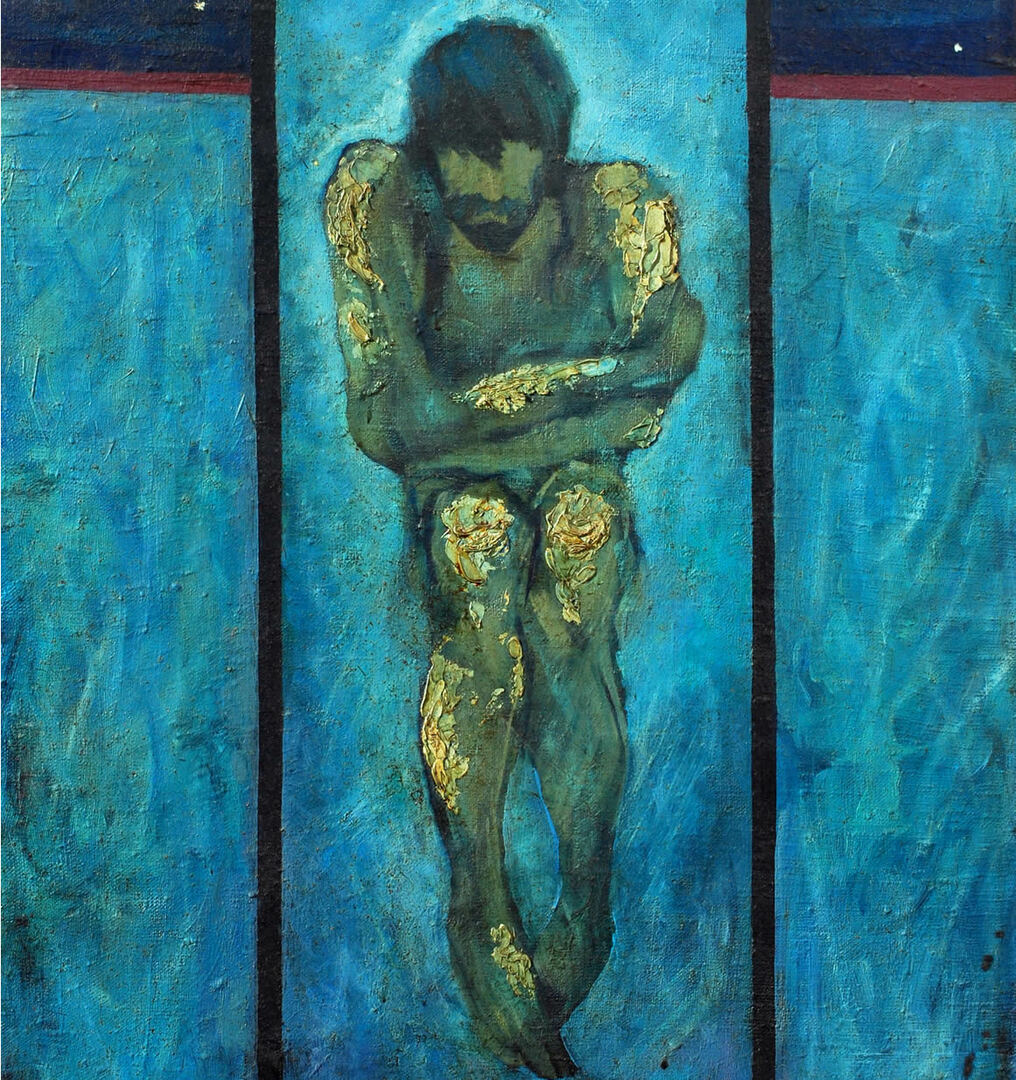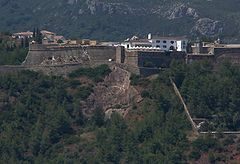Definition of the Desert Campaign (1878-1885)
Miscellanea / / July 04, 2021
By Javier Navarro, in Apr. 2018
 By 1870, large territories in southern Argentina were under the control of different chiefs who led different indigenous peoples: Ranqueles, Tehuelches, Puelches, and Mapuches. Each of them had its own structure politics, a system of alliances and a exchange trade with whites.
By 1870, large territories in southern Argentina were under the control of different chiefs who led different indigenous peoples: Ranqueles, Tehuelches, Puelches, and Mapuches. Each of them had its own structure politics, a system of alliances and a exchange trade with whites.
In 1877, General Julio Argentino Roca (later the president of the nation between 1880 and 1886) ordered the definitive subjugation of the original peoples of the Pampean plain and Patagonia.
The argument used for this was resounding: these peoples represented barbarism and their way of life was unacceptable
With this justification the conquest of the desert began.
The objective of the campaign went beyond "civilization"of the different ethnic groups, since it was about expanding the territorial domains of the Argentine nation. According to the studies carried out, the population indigenous people numbered 30,000. After the end of the campaign, 14,000 deaths were counted, hundreds of prisoners were deported and some were handed over as laborers or servants to large ranchers.
After the victory of the Argentine army, millions of hectares passed into the hands of the great landowners of the nation. At the end of the 19th century, this episode was considered a victory for civilization over barbarism. At present it is valued by most historians as a genuine genocide. Despite this, Argentina's 100-peso bill carries an image in which the army soldiers are led by the General Julio Argentino Roca, a person remembered as the man who distributed the land and who favored the arrival of capital British.
The native peoples finally subdued were forced to abandon their traditions and beliefs. In a few years its social and cultural disintegration took place. Some minority groups survived very precariously on infertile terrain, leading marginal lives and no future.
The role of photography in the conquest of the desert
In the last decades of the nineteenth century, photography was the most advanced technology of the time. In this context, the Italian-born photographer Antonio Pozzo joined the Desert Campaign. Thanks to his work, images of the Argentine army, of the Pampas and, above all, of the men and women of the original peoples are preserved.
Consequences for science
In the image of the 100-peso bill, a small group of people who were in the original painting painted by Juan Manuel Blanes does not appear. His disappearance has an explanation: the painter's work was cut to fit the dimensions of the bill.
The missing characters were naturalists, zoologists, and geologists who collected samples of all kinds and conducted a investigation of great scientific value. They were mostly of German origin and admirers of Humboldt.
The scientific conclusions of these investigations were decisive in different areas, especially in the botany (80 new plant species were described and classified).
Themes in Desert Campaign (1878-1885)


